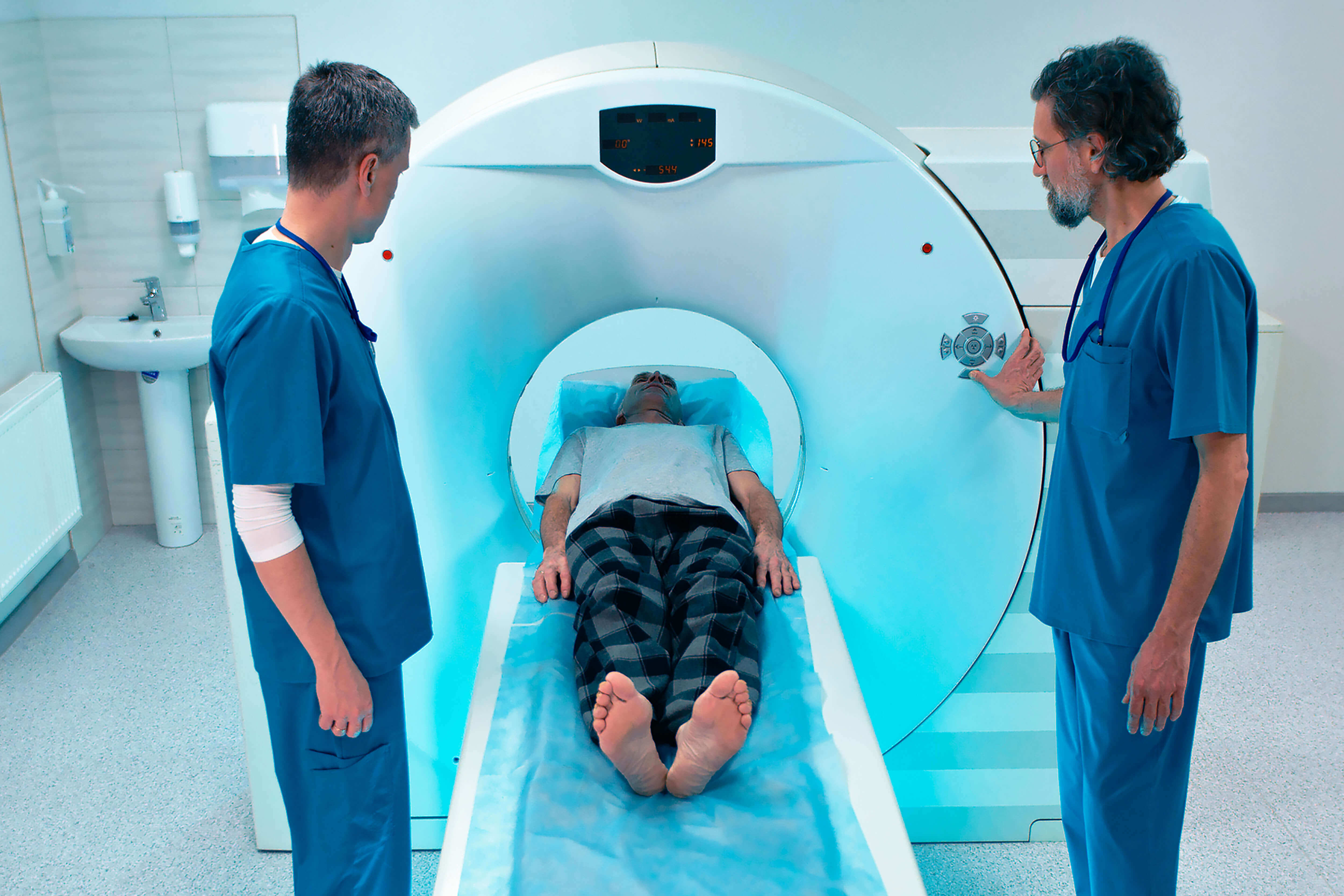How Does CT Scan Work?
Are you curious about how CT Scan works? What makes them such essential medical imaging tools, and why do doctors often use them? CT scan is a medical process that has existed for a long time and is used to detect diseases if present. This blog post will explore the technology behind Computed Tomography (CT) scans—from what happens during the scan to its various applications in diagnostic radiology.
You will also get to read a basic overview of CT scanning so that you can learn more about how does a CT scan work and how medical professionals use these scans for diagnosing patients. Informative facts about CT scans, such as the uses of CT scans, how images are formed in CT scans, and much more, are detailed in this blog post. So buckle up; let's dive into understanding CT technology and discover why it is widely considered one of the most powerful tools in modern medicine!
Uses of CT Scan
CT scans have a wide variety of uses in the medical world. Computed Tomography (CT) scans are an imaging technique that uses X-rays to produce detailed images of the inside of the body. It can be used to diagnose and treat a wide range of conditions and provide helpful information for medical procedures such as surgery. CT scans can also be used in combination with other imaging techniques, such as magnetic resonance imaging (MRI) and positron emission tomography (PET). If patients need therapy for cancer treatment, such as proton therapy by Apollo Hospitals, CT scans help in detection.
CT scans take multiple X-ray images from different angles around the body. A computer then combines the collected data to generate 3D pictures of the area being studied. A CT scan produces very detailed images, which makes it an invaluable diagnostic tool for doctors and surgeons.
Now you must be thinking, how does a pet scan work? A PET scan works similarly, but instead of X-rays, it uses radioactive tracers to detect how cells and organs function. This technique can be used to detect the presence of diseases such as various types of cancer, and Alzheimer's, among several other diseases, or monitor how well treatments are working.
How do CT Scans Work Step by Step?
There is a procedure by which a Computed Tomography (CT) scan works. For knowing about CT scans, understanding these steps are important. Here are the steps involved in a CT scan how it works:
- The patient is placed on a motorized table that moves them into the CT scanner.
- An X-ray beam with multiple angles passes through the examined area, producing data collected by sensors behind it
- A computer then compiles this information to create an image or series of images displaying different layers of tissue within the body.
- The CT scan is then reviewed and interpreted by radiologists, who will look for any abnormalities or other signs of disease.
- Finally, the results are presented to the doctor who prescribed the CT scan so they can make an informed diagnosis or recommend further tests or treatments as necessary
How is an Image Formed in a CT Scan?
A scientific process is involved in the way images are formed in CT scans. The process begins when a patient is positioned in the middle of the scanner device, and the x-ray beam moves in a circle around them from multiple angles. A detector array within the device captures data on x-ray absorption, which is sent to a computer processor. The processor translates the data into an organized structure according to predetermined criteria and generates a 3D image using colors, shadings, and density variations.
How Long Does Radiation Stay in Your Body After a CT Scan?
A certain amount of radiation stays in your body after a Computer Tomography (CT) scan. If you recently had a CT scan, then you may have questions about the radiation exposure associated with the scan and how long it takes for that radiation to leave your body. The answer to this question depends on several factors, including the type of scan, the dose per kilogram, and any additional shielding that was employed during the scan. Generally speaking, though, most of the radiation from a CT scan only lasts for a short duration in your body. The radiation in your body after a CT scan is gone from your body within one or two days as long as it's not a computed tomography providing an image of your abdomen or pelvis. There is nothing to worry about the radiation in your body after a CT scan, as it is mostly harmless.
How Does a CT Scan Work with Contrast?
Contrast is added to the CT scan for better diagnosis. Are you curious to know how does computed tomography work with contrast? Here is the answer. When contrast is added to the scan, enhanced diagnostics can be done by showing how blood flows through tissues or how different tissues take up contrasting colors or absorb radiation differently. This useful diagnosis method involves injecting the patient with a special dye that shows tissue structure, activity, and pathology more clearly in certain areas than in other imaging scans. With contrast added to CT scans, specialists can pursue a further diagnosis of potential issues in much greater detail than before, making many treatments increasingly efficient and effective. Contrast added to CT scan helps in better detection of disease, which is useful for both doctors and patients.
Conclusion
CT scan is a long-standing medical procedure that is used to identify illnesses when they are present. CT scans are an essential tool that helps doctors diagnose patients. Without CT scans, it is impossible for doctors to detect severe diseases and help patients by suggesting treatment. CT scan is an essential medical procedure, and it is common in use in hospitals and other healthcare centers. The process of how CT scan works is fascinating and has helped save many lives. It is incredible what technology can do and how it continues to progress and help us in our everyday lives.

Copyright © 2023 Apollo Proton Cancer Centre. All Rights Reserved





